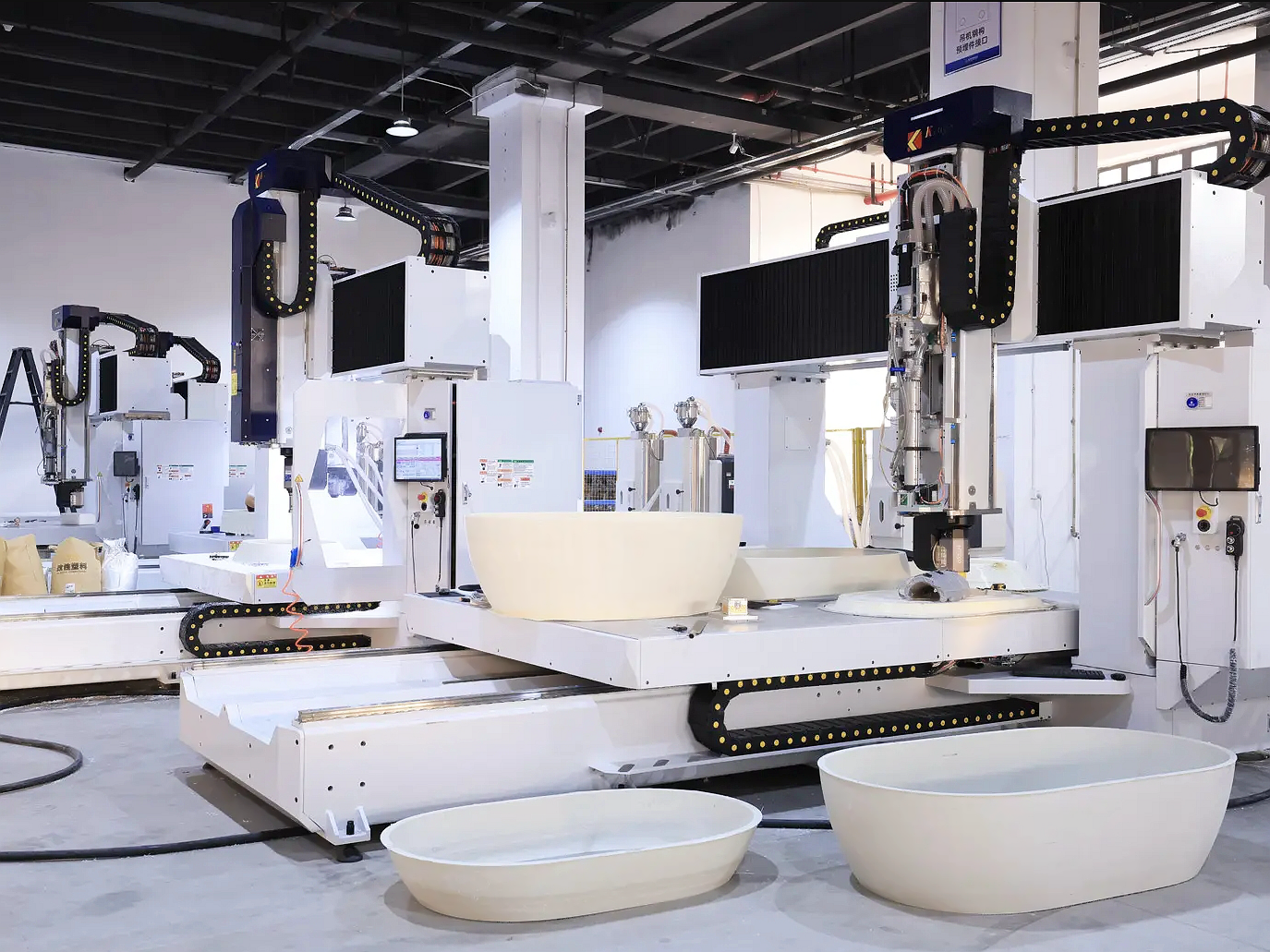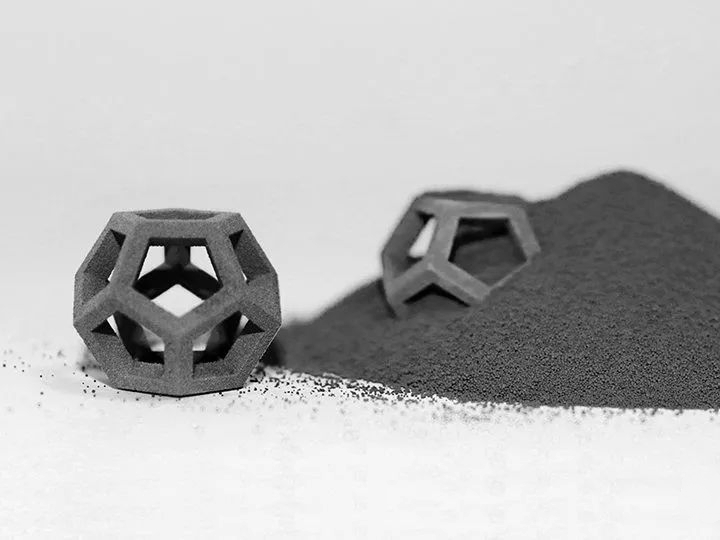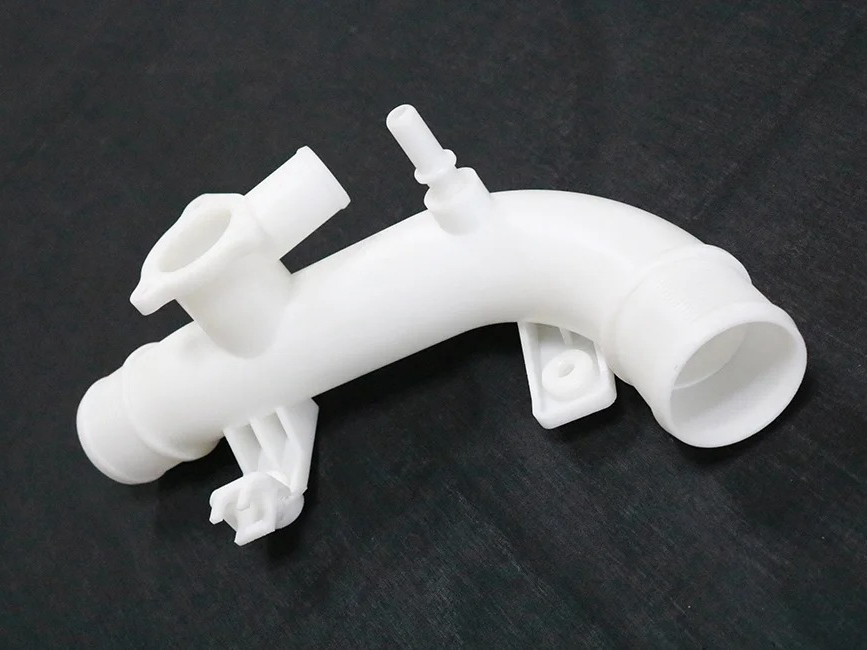Online Binder Jetting 3D Printing Service
Our Online Binder Jetting 3D Printing Service offers efficient production of high-quality parts using a binder to fuse powdered materials. Ideal for complex geometries, this technology provides fast, cost-effective solutions for prototypes, functional parts, and low-volume production in various industries.
- Cost-effective for low-volume production.
- Fast turnaround for complex geometries.
- Wide material options for versatile applications.

Send us your designs and specifications for a free quotation
All uploaded files are secure and confidential
Benefits of Binder Jetting 3D Printing Service
Binder Jetting 3D Printing Service uses a liquid binding agent to selectively bind powder particles layer by layer. It offers high-speed production, cost efficiency, material versatility, and full-color capabilities, ideal for creating functional parts and visually detailed prototypes.
Binder Jetting Overview
Binder Jetting uses a liquid binding agent deposited onto layers of powder material to create parts. This process is versatile and cost-effective, though parts may require post-processing to enhance strength and surface quality.
Let's Start A New Project Today
Binder Jetting 3D Printed Parts Design Guideline
These guidelines help optimize parts produced by binder jetting by addressing key design aspects such as feature size, wall thickness, supports, orientation, and more. Following these recommendations ensures that parts have the necessary strength, accuracy, and aesthetics while minimizing post-processing.



